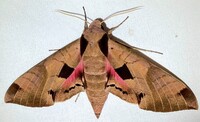
| Recorded by: Dean Furbish on 2022-08-07
Wake Co.
Comment: | 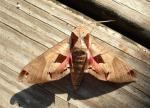
| Recorded by: R. Newman on 2022-06-26
Carteret Co.
Comment: |
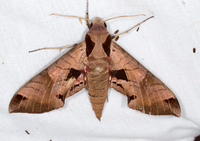
| Recorded by: Jim Petranka and Bo Sullivan on 2021-08-09
Moore Co.
Comment: | 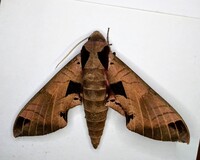
| Recorded by: Gary Maness on 2020-08-13
Guilford Co.
Comment: |
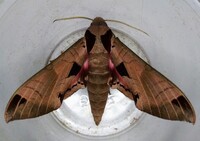
| Recorded by: Gary Maness on 2020-08-13
Guilford Co.
Comment: | 
| Recorded by: Erich Hofmann on 2020-07-12
Craven Co.
Comment: |

| Recorded by: Erich Hofmann on 2020-07-12
Craven Co.
Comment: | 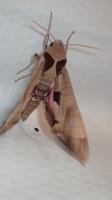
| Recorded by: Erich Hofmann on 2020-07-12
Craven Co.
Comment: |

| Recorded by: Darryl Willis on 2018-07-30
Cabarrus Co.
Comment: | 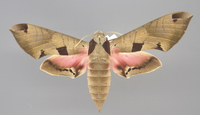
| Recorded by: Taylor Piephoff on 2013-07-31
Mecklenburg Co.
Comment: |
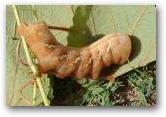
| Recorded by: Laura Dillon, Heather Smith, Matt Windsor on 2006-07-08
Dare Co.
Comment: | 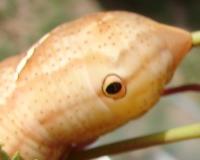
| Recorded by: Laura Dillon, Heather Smith, Matt Windsor on 2006-07-08
Dare Co.
Comment: |
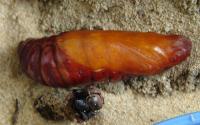
| Recorded by: Laura Dillon, Heather Smith, Matt Windsor on 2006-07-08
Dare Co.
Comment: sometime after July 8 | 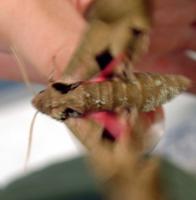
| Recorded by: Laura Dillon, Heather Smith, Matt Windsor on 2006-07-08
Dare Co.
Comment: sometime after July 8 |
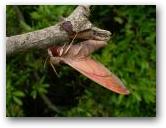
| Recorded by: Newman, Randy on 2005-05-10
Carteret Co.
Comment: | 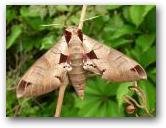
| Recorded by: Newman, Randy on 2005-05-10
Carteret Co.
Comment: |
|

 »
»



 »
»

